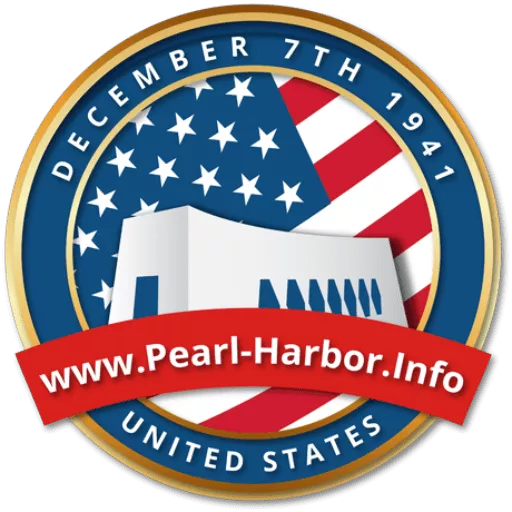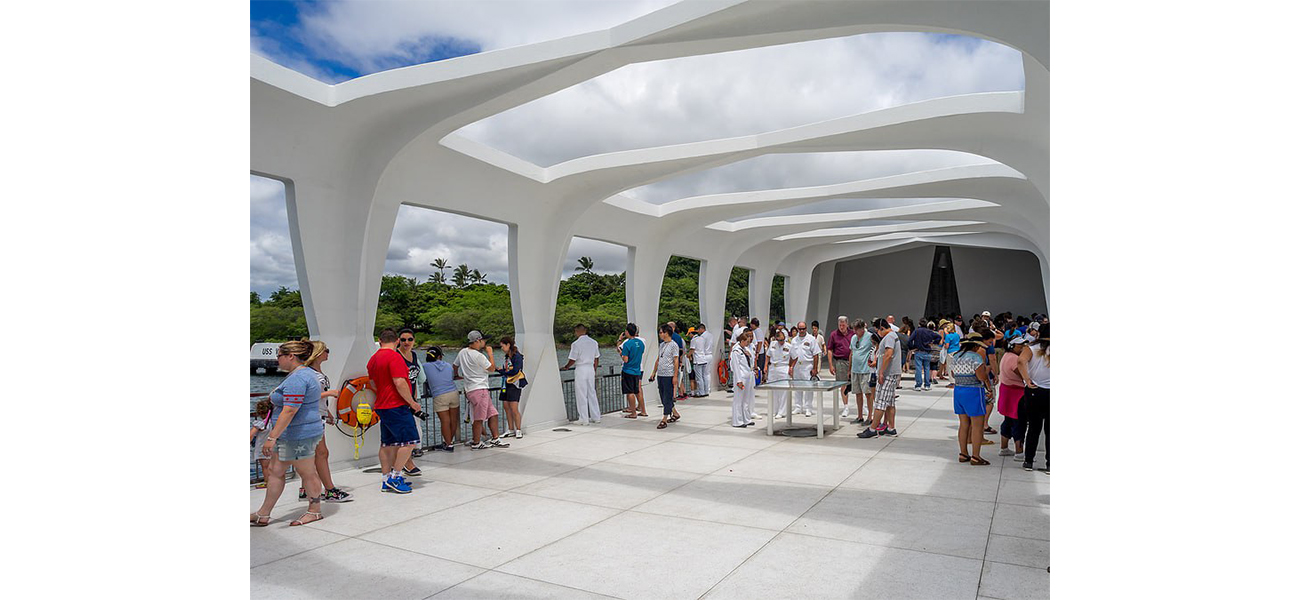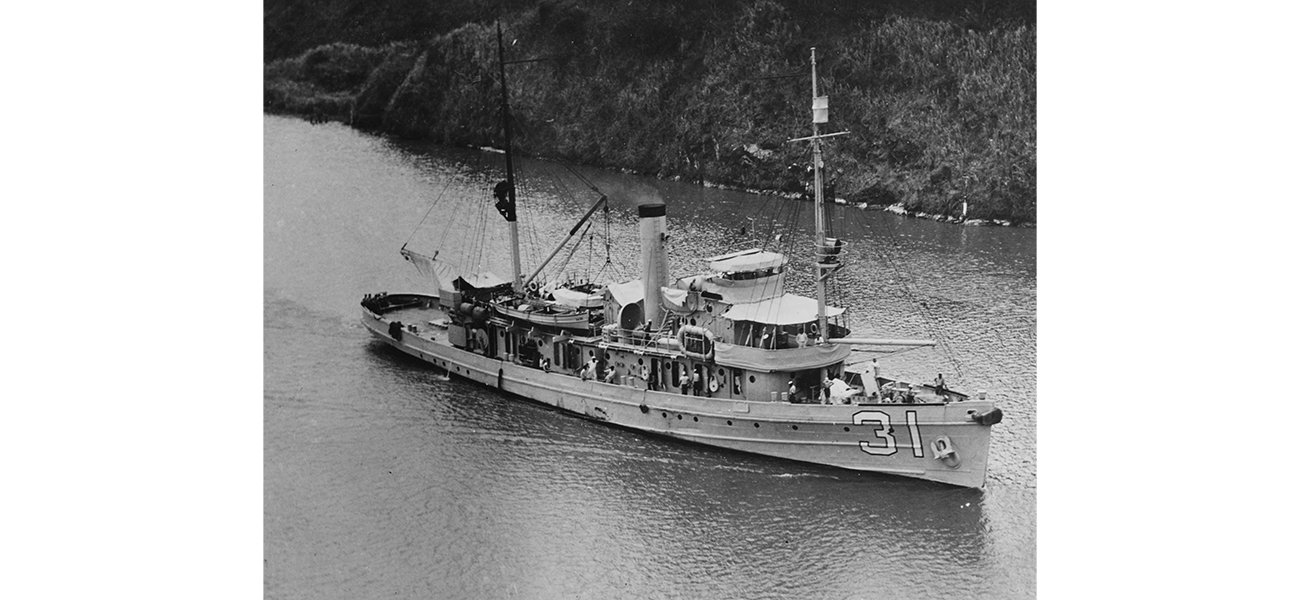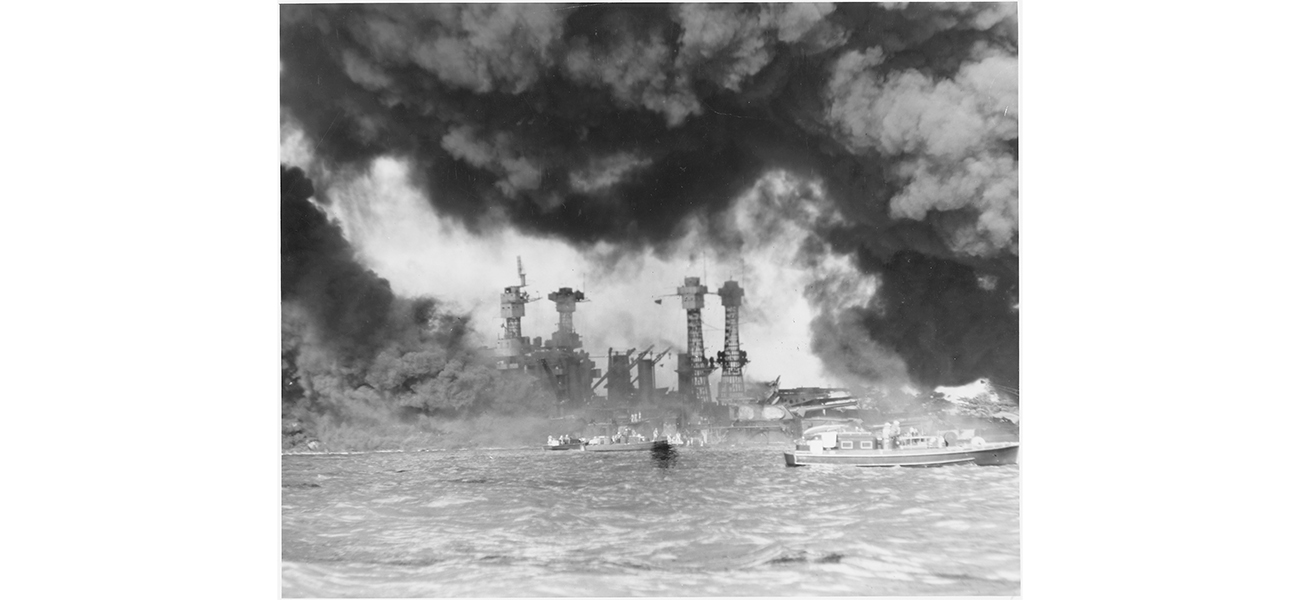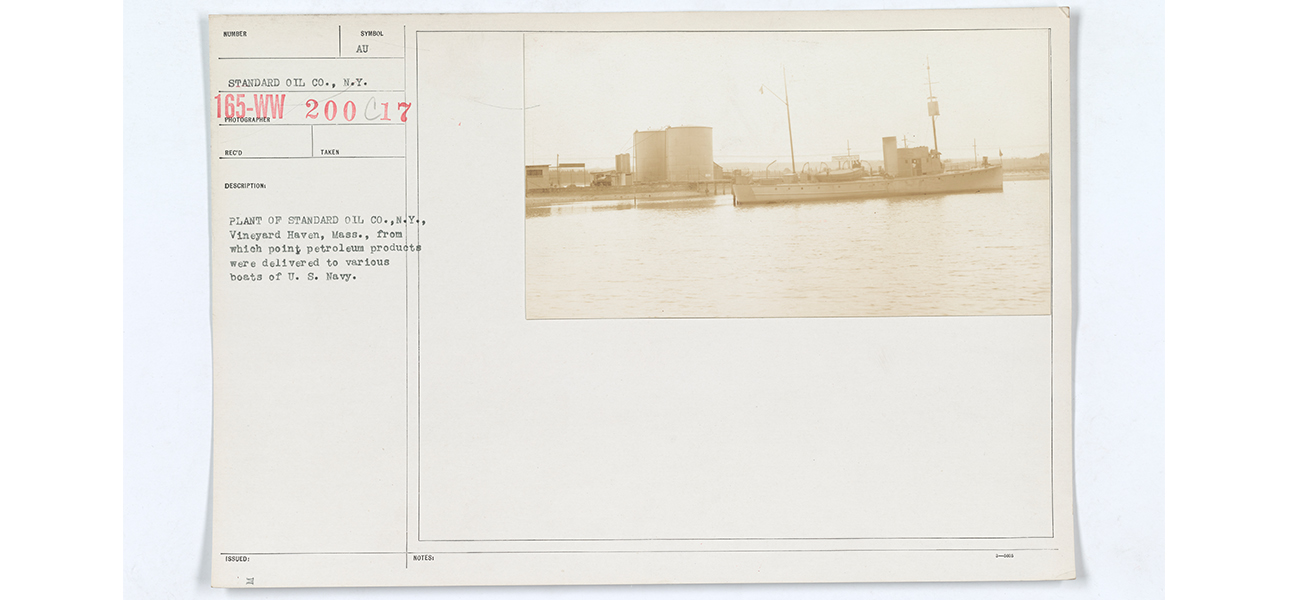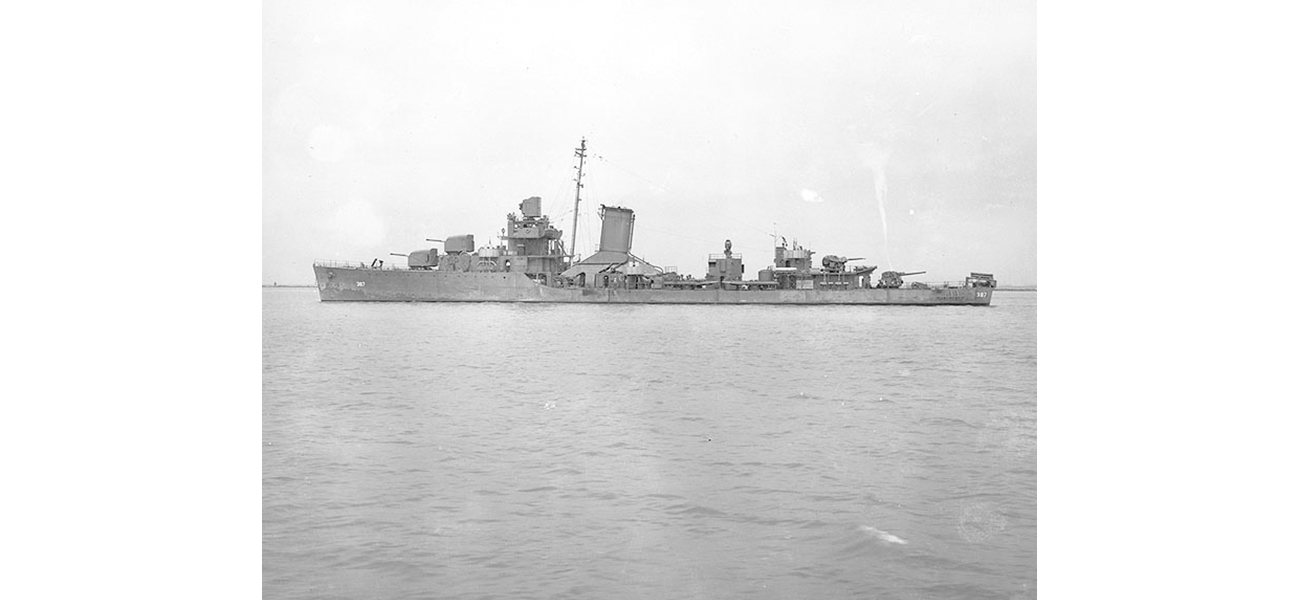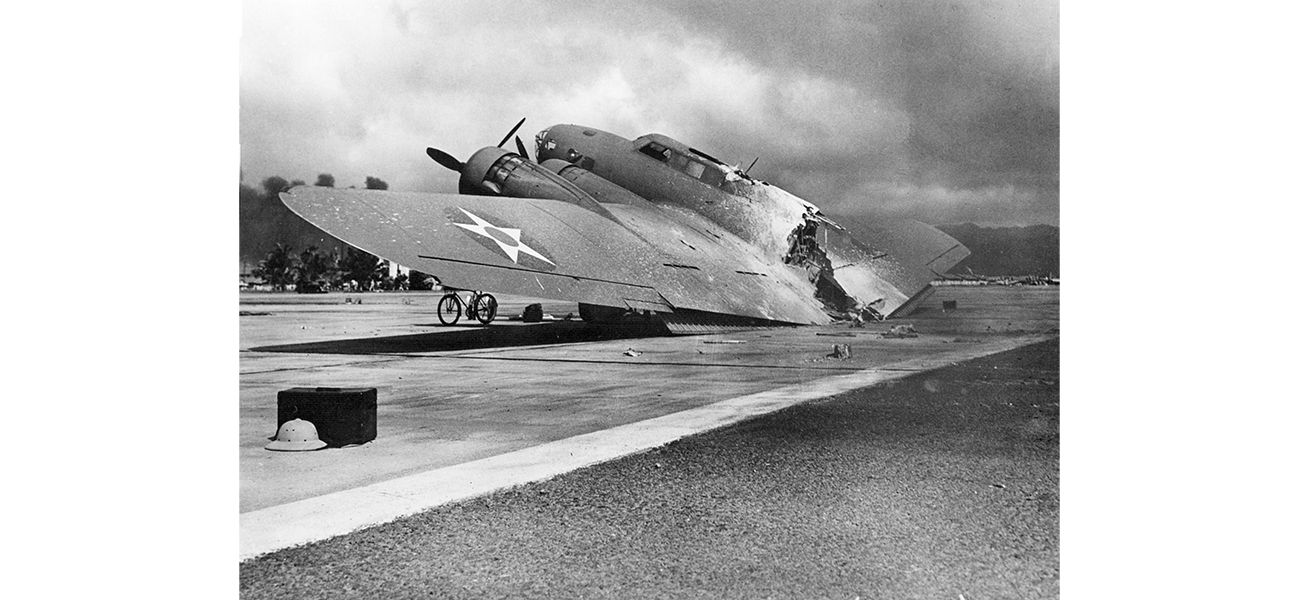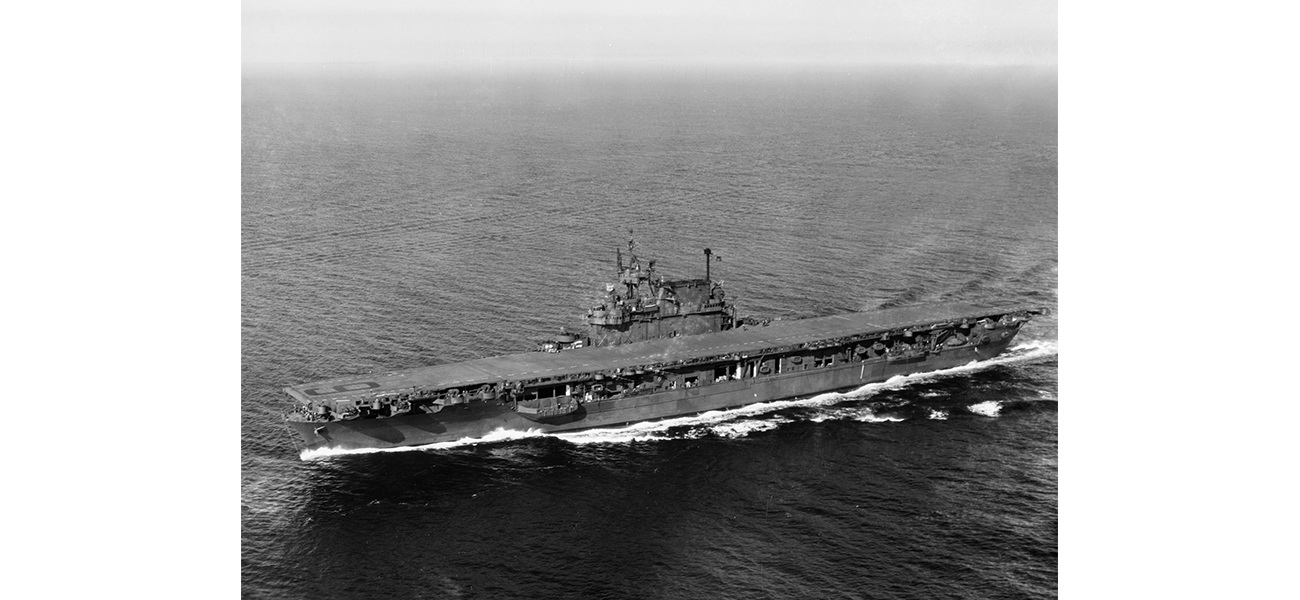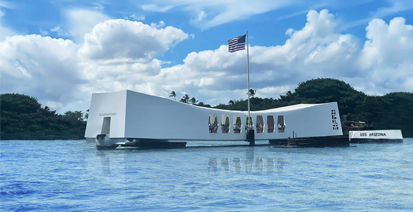Pearl Harbor Memorial
The Hawaiian sun dips towards the horizon, casting an orange glow across the calm waters of Pearl Harbor. A sense of peace settles over the harbor, a stark contrast to the chaos that unfolded here on December 7, 1941. Yet, beneath the tranquility lies a powerful story, one etched in steel and whispered by the waves. This is the story of the Pearl Harbor Memorial, a place of solemn reflection and a testament to the resilience of the human spirit.
Inside the memorial, a theater plays a documentary chronicling the attack. Archival footage depicts the serene harbor moments before the onslaught, followed by horrifying images of explosions and burning ships. The narration, interspersed with personal accounts from survivors, brings the events to life with a raw poignancy. Tears well up in the eyes of many visitors, a testament to the enduring impact of this pivotal moment in history.
Beyond the theater, exhibits showcase the stories of those who lived through the attack. We see photographs of young sailors, their faces filled with hope and camaraderie, a stark contrast to the fate that awaited them. Personal belongings – a watch stopped at the moment of impact, a love letter from home – offer a glimpse into their lives and dreams, tragically cut short.
But the Pearl Harbor Memorial is not just about loss. Exhibits detail the American response to the attack, the mobilization of a nation united in its resolve. We learn about the heroes who fought back against overwhelming odds, the first responders who rushed to save lives, and the civilians who banded together in the aftermath.
Leaving the memorial, one carries a heavy heart but also a sense of inspiration. The sacrifices made that day serve as a stark reminder of the cost of freedom. We walk away with a renewed appreciation for peace and a determination to learn from the mistakes of the past.
The Pearl Harbor Memorial is more than just a tourist attraction. It is a sacred space, a place of pilgrimage for veterans, families of those lost, and anyone seeking to understand the events that shaped the world we live in today.
Pearl Harbor Memorial is a Legacy of Peace
As we leave Pearl Harbor, a sense of peace settles over us. However, this peace is not passive. It is a peace forged in the fires of war, a peace built on the sacrifices of those who came before us. It is a peace we must actively strive to maintain, a responsibility that weighs heavily on every visitor who walks the hallowed grounds of the Pearl Harbor Memorial.
The Pearl Harbor Memorial is a place of remembrance, a reminder of the fragility of peace and the enduring cost of war. It is a call to action, urging us to learn from the past and build a brighter future where such tragedies never occur again. It is a journey through history, a powerful tribute to the fallen, and a beacon of hope for a more peaceful world.
